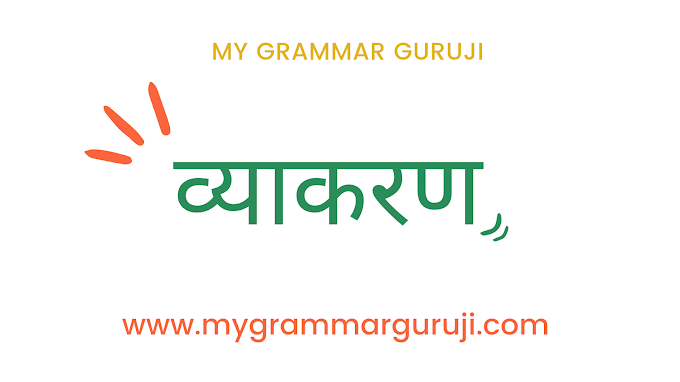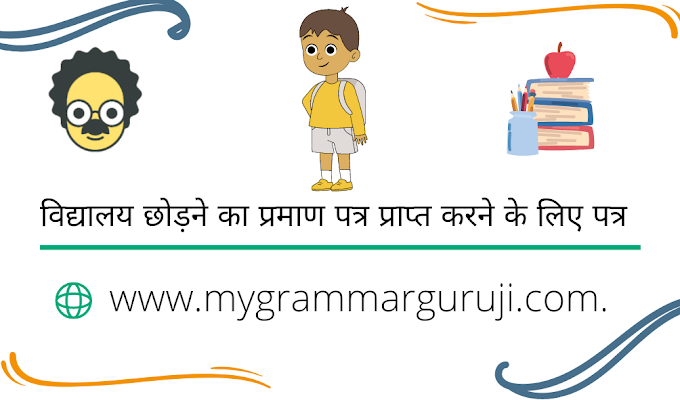
Speech writing is the process of preparing a written text that will be presented orally to an audience. It involves crafting a message that is clear, concise, and engaging, and then structuring it in a way that will hold the audience's attention and persuade them to take action or think differently about a particular topic.
The speech writing format may vary depending on the purpose, audience, and occasion. However, here is a general speech writing format that can be used:
2. Body : The body of your speech should consist of two or three main points that support your purpose. Each main point should be supported by facts, statistics, and examples. Use transitions to connect each point and make the speech flow smoothly.
3. Conclusion : In the conclusion, summarize the main points of your speech and restate your purpose. End with a strong closing statement that leaves a lasting impression on the audience. You can end with a call to action, a memorable quote, or a personal reflection.
4. Delivery cues : Along with the speech writing format, it is important to include delivery cues. These cues indicate how the speaker should deliver the speech, including tone, emphasis, and gestures. Delivery cues can help the speaker to practice and deliver the speech more effectively.
It is important to note that the speech writing format may vary depending on the specific requirements of the occasion or audience. Therefore, it is essential to carefully read and understand the instructions provided by the event organizer or instructor.
When writing a speech for the CBSE board examination, there are several points that you should keep in mind to ensure that your speech is well-written and meets the requirements of the examination. These points include:
1. Understand the topic : Before you begin writing your speech, make sure you understand the topic and what is being asked of you. It is important to address the topic fully and to stay on topic throughout your speech.
2. Follow the format : The CBSE board provides a specific format for speech writing, including an introduction, body, and conclusion. Make sure you follow this format carefully, as it is an important part of the assessment criteria.
3. Grab the audience's attention : The opening of your speech is critical as it sets the tone for the entire speech. Use a compelling opening to grab the audience's attention and make them interested in what you have to say.
4. Use strong supporting arguments : Use facts, statistics, and personal experiences to support your argument. It is important to use strong arguments that are well-researched and supported.
5. Use appropriate language : Use formal and appropriate language in your speech. Avoid using slang or offensive language.
6. Keep it concise : Keep your speech concise and to the point. Avoid rambling or going off-topic, as this can cause the audience to lose interest.
7. Use rhetorical devices : Rhetorical devices such as repetition, parallelism, and rhetorical questions can be used to emphasize key points and make your speech more engaging.
8. Conclude strongly : The conclusion of your speech should be strong and leave a lasting impression on the audience. Summarize your main points and end with a call to action or a memorable quote.
By keeping these points in mind, you can write a well-structured and impactful speech that meets the requirements of the CBSE board examination.
An Example of Speech.
Respected Principal, Teachers, and my dear friends,
Today, I would like to talk about a very important issue that affects millions of children around the world, and that is child labour. Child labour is a grave problem that affects the lives of millions of children every day, and it is up to us to take action to end it.
Child labour is defined as any work that deprives children of their childhood, their potential, and their dignity, and that is harmful to their physical and mental development. It is estimated that there are over 152 million children engaged in child labour worldwide, with many of them being forced to work in hazardous and exploitative conditions.
Children are often forced to work in order to support their families, and they are often paid very little or not at all for their work. This means that they are unable to attend school, and they are denied the opportunity to get an education and improve their lives.
It is important that we take action to end child labour, and there are many ways that we can do this. We can start by raising awareness about the issue and educating ourselves and others about the consequences of child labour. We can also support organizations that work to eliminate child labour and provide education and support for children who are affected by it.
In addition, we can also make conscious choices as consumers to support companies that have a policy against child labour and who ensure that their products are produced in ethical and safe conditions.
In conclusion, child labour is a serious issue that affects the lives of millions of children around the world, and it is our responsibility to take action to end it. We can start by raising awareness, educating ourselves and others, and making conscious choices as consumers. Let us join hands to make a world where every child can enjoy their childhood, go to school, and live a life of dignity and respect.
Thank you!






No comments:
Post a Comment
Thank you! Your comment will prove very useful for us because we shall get to know what you have learned and what you want to learn?